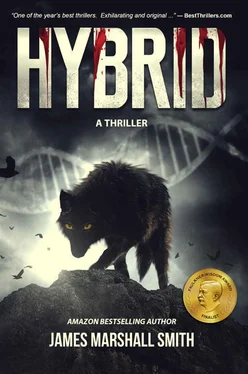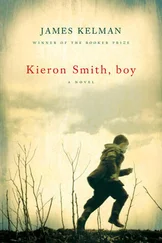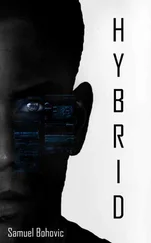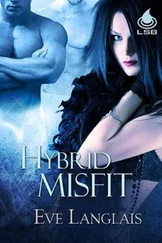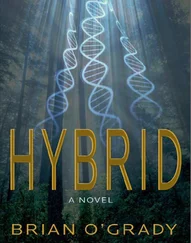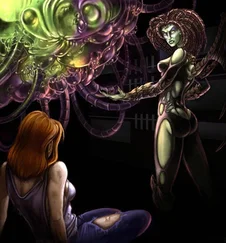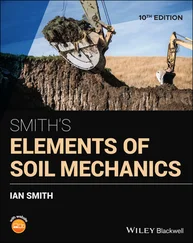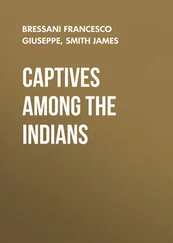James Marshall Smith
HYBRID
A THRILLER
To J.M., and what could have been.
“Human reactions are so profoundly influenced by the individual past that they are usually unpredictable and therefore appear completely irrational.”
— René Dubos, in
So Human an Animal , 1968
“Um elfe kommen die wölfe, um zwolfe bricht das gewölbe.”
(At eleven come the wolves, at twelve the tombs of the dead open.)
— German folk saying
I am indebted to all of the participants in the Rocky Mountain Wolf Conference, held during a beautiful spring week in 1997 in Chico Springs, MT. There I learned from many of the world’s experts on wolves and wolf restoration, including discussions with David Mech, Carter Niemeyer, Joe Fontaine, and Diane Boyd.
Many thanks Doug Smith, leader of the Yellowstone Wolf Restoration Project, who shared with me accounts of the historical wolf restoration in the Park.
Thanks to staff librarians who provided excellent research assistance at the Veterinary Medicine Library, University of Tennessee. I am also grateful to those who read parts of the manuscript and provided expert advice: Sue Mansour, DVM, Ziad Kazzi, MD, and Timothy Smith, MD. Helpful also were enlightening discussions with Addison Fischer, Tom Stover, Col. Don Sawtelle, US Army (ret.), and Antonio Lacy.
A group of keen readers made invaluable comments on book drafts at various stages of development, including Pat Minicozzi, Jane Santiago, Sue Tankersley, Lynda Miller, and Susan Potts Sloan, MD. Many thanks to John Paine for superb editorial assistance on early drafts.
Although all of those acknowledged above provided helpful comments and advice, responsibility for any errors in the text are mine alone.
I am especially grateful to Jeff Edwards of Braveship Books, who has shown continued enthusiasm and support for my work. I cannot express my gratitude enough for my Chief Editor and loving wife, June, who provided not only meticulous editing but also much needed encouragement from beginning to end.
James Marshall Smith November, 2017
October 1993
Fourteen miles south of Hinton, Alberta
Theyoung farmhand sneaked outside the barn to shake off the reek of fresh blood. A full moon climbed from a blanket of snow that draped Whitecap Mountain, casting a feeble silvery light on miles of harvested grain. The isolation of the barn was perfect. Sounds of terror from within faded into the Canadian wilderness.
A sour taste squirmed at the back of the farmhand’s throat. He took a deep breath in the freezing air, a long satisfying breath before he returned inside and crouched near the fighting pit.
A chest-high fence of Ponderosa pine bordered the square pit that was six paces on a side. Between contests, the old man raked pieces of hair and flesh from the dirt.
Qualifying for admission that evening took a full year of work on the Castille Farm. “Where’s the big Jap?” the farmhand asked.
“Just got here an hour ago,” the old man replied, rolling a cigarette. “They’ll bring him out for the wash-down shortly.” He jerked a thumb. “Take a look at the mother he’s facing.”
A man with a hunting cap led a pit bull on a chain. They bore similar expressions, ferocious and sad. The dog’s slick coat was milk-white with brown splotches. The ears stood erect, except at the tips that curled like dead leaves. Largest of its breed on the Alberta circuit, the pit bull weighed in at one hundred and eighteen pounds.
Two dozen men gathered around the fighting pit—local ranchers, sawmill workers, lumberjacks, drifters, farmers with hired hands. The men chatted in tight groups and shared hip-pocket flasks of cheap whiskey. In one corner, a pot-bellied stove burned pine. Heavy wool jackets hung along a wall above bales of hay.
The grand finale approached.
From a side entrance a massive dog hauled an Asian man by a rope. He leaned back as though headed into a Clipper wind. The rope linked to a chain that circled the dog’s neck like a noose. The look of the animal demanded respect: a corrugated brow, bulky through the shoulders, taller from ground to withers than the pit bull. Heavier by a good fifty pounds.
“What the hell is that?” the farmhand asked.
“Tosa Inu,” the old man said. The words slid from around the cigarette that dangled from the corner of his mouth. “More beast than dog. They shouldn’t allow ‘em in.”
The sheen on the coat of the giant dog seemed to glow in the dim light of the barn. Its coloring was the most spectacular of the evening, shades of a deep crimson. “It looks almost red,” the farmhand said.
“The color of old blood.”
“How come I’ve never heard of the breed?”
“Bred for centuries in Japan. Fighting, guarding royalty and shit like ‘at.”
From across the barn the fight boss called out for bets. Spectators tossed cash onto a makeshift table, a battered door from a shed placed over two sawhorses. The pudgy boss climbed atop a folding chair. He carefully balanced himself and shouted above the crowd, but only with enough effort to avoid shifting his weight.
“Listen up, fellas. Last call on the final contest. Peter the Great, the Grand Champ-ee-un pit bull terrier from Edmonton, versus the Japanese Warrior… the towsa eenew from Seattle. Cloooosing out!”
The pit bull snarled and tugged at its chain. Piercing eyes glared from an egg-shaped head, staring down its opponent that stood frozen in place, a statue of itself.
The fight boss swaggered to the corner of the fence. After waiting for stragglers to lay down their money, he hoisted his arms to command attention.
“Action’s closed. Handlers, are you ready?”
All stares fixed on the dogs.
“Face corners!”
The handlers grasped the prized animals around their thick necks and knelt into position. Each handler had a breaking stick tucked down his backside—a piece of hickory with bark gnawed to shreds. Dogs and handlers gazed at their corner posts while the gamblers clustered around the fence, yelling, swearing.
“Unchain!”
The handlers unhooked the restraints.
“Face dogs and release!”
The handlers retreated over the fence. As the dogs charged across the scratch line with erratic head thrusts, the fighters circled each other, growling.
The crowd jeered, waving arms and fists.
The dance continued until the Tosa withdrew, moving backward but still facing his opponent. The pit bull—Peter the Great—matched the stride, step for step strutting forward and snarling. Sensing victory, it bounded on the Tosa and sank gaping jaws into the Tosa’s shoulder. As Peter the Great dangled by its teeth, the Tosa reeled about and catapulted the startled animal into the fence with a thud.
A roar burst from the crowd. Peter the Great staggered, then attempted to regain balance.
The Tosa attacked like a rattlesnake.
It buried its teeth into the pit bull’s throat and ripped open its neck, exposing the windpipe and silencing its howls.
Peter the Great’s handler leaped over the fence and thrust a breaking stick between the Tosa’s teeth. The Tosa snapped the thick baton in half, then turned for the handler, who tripped as he backed away. He fell hard to the dirt and quickly covered his face with his arms and curled his knees into his stomach.
The Asian jumped into the pit and grabbed the Tosa by the neck with both arms. He quickly hooked the chain and yanked with the full weight of his body.
A tremor arose from above, the thumping of helicopter blades.
Читать дальше
